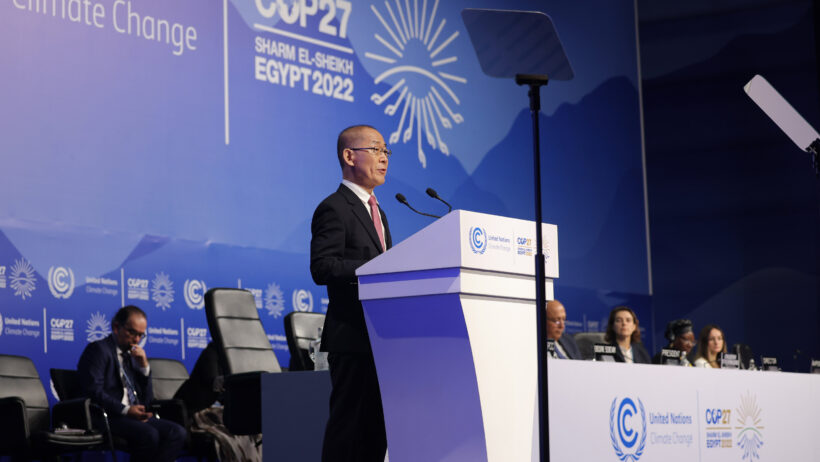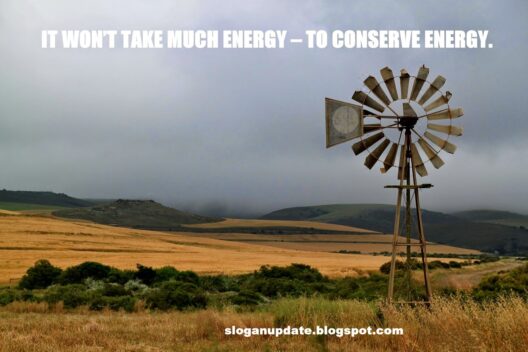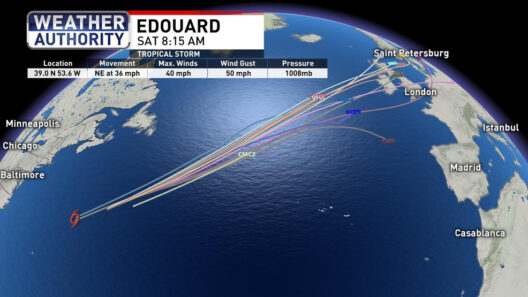The phenomenon of global warming is often likened to a proverbial elephant in the room—an issue so monumental yet frequently overlooked in everyday discourse. As the world continually grapples with myriad social, economic, and political challenges, the repercussions of climate change often find themselves relegated to the periphery of public consciousness. However, the impending reality is undeniable: the effects of global warming are poised to manifest in ways that will ultimately affect everyone, whether they are aware of it or not. How much longer can we ignore this pressing concern before it becomes an undeniable force in our lives?
To explore this crucial question, it is vital to examine the lifeblood of our planet: the delicate balance of ecosystems and climates that sustain life. Global temperatures are on a rapid ascent, poised to breach critical thresholds within the next decade. The impending tipping point raises a seductive paradox. Just how long do we have before the impacts of climate change are inescapable? The answer hinges on several interrelated factors, and seeking clarity within their complexity is a challenge we must collectively confront.
First and foremost, the concept of a ‘critical warming threshold’ warrants thorough investigation. Scientific consensus suggests that a rise of 1.5 degrees Celsius above pre-industrial levels is a crucial benchmark. Beyond this limit, we may see phenomena such as more severe weather events, increased droughts, and rising sea levels become the new normal. Yet, many communities still operate under the delusion that there is ample time to address these colossal shifts. Recent research indicates that if we do not alter our trajectory, we could experience drastic changes as early as the 2030s.
Interesting questions arise here: Can we afford to wait for calamity before taking action? Or is it preferable to acknowledge the subtle changes happening around us? While many may remain oblivious to the slower-paced implications of climate change—such as shifting flora and fauna patterns or alterations in seasonal cycles—these changes foreshadow a more palpable crisis. For instance, changing migratory patterns indicate that many species are struggling to adapt to the warming climate. If such shifts can prompt environmental disruption, what can we forecast for humanity as a whole?
As we examine these indications, another challenge becomes evident: the disparity in climate change effects across demographics. Communities in coastal regions face flooding, while those in arid areas endure prolonged droughts. Yet, many individuals in developed nations remain insulated from such consequences, leading to a tragic disconnect. This disconnect poses an urgent question: How can we galvanize those shielded from immediate effects to recognize the imminent threat? Without a holistic understanding of shared vulnerability, the urgency for collective action might remain elusive.
Moreover, the sociopolitical ramifications of climate change cannot be overlooked. Decisions made in boardrooms and governmental offices often ignore the long-term ramifications of environmental policies in favor of short-term gains. Corporations frequently prioritize profit over sustainability, leading to environmental degradation that disproportionately impacts marginalized communities. This inequity raises another probing question: Can we forge a new vision for environmental justice that includes everyone in the dialogue?
The solution, while daunting, lies in a multifaceted approach that encompasses education, legislation, and grassroots movements. Assimilating the scientific principles underlying climate change can empower individuals to make informed decisions. As awareness grows, so too does the potential for mobilization. If communities take organized action—demanding sustainability from local businesses and advocating for robust environmental policies—there exists a glimmer of hope. They could be the harbingers of transformative change.
Moreover, individuals must endeavor to integrate sustainable practices into their everyday lives. Simple actions—reducing waste, conserving energy, and utilizing public transportation—can aggregate into substantial collective impact. This becomes particularly compelling when compared to the sentiment of helplessness that often accompanies climate discourse. Instead of succumbing to despair, taking tangible steps on a personal level empowers individuals to partake in larger systemic change.
Reflecting upon the current trajectory invites an inevitable conclusion: the time for complacency has elapsed. While it might be tempting to envision climate change as a distant challenge belonging to future generations, the repercussions are far more immediate. Weather anomalies—deadly hurricanes, unprecedented wildfires, and prolonged droughts—are harbingers of condition we can no longer ignore. When will we all admit to ourselves that the effects of climate change are already unfolding around us, subtly yet inexorably reshaping our world?
Ultimately, grappling with the complexities of global warming is nothing short of a moral imperative. Our failure to confront this elephant in the room will have dire consequences. As the effects of climate change unfold, recognizing their impact will be unavoidable. The moment for active engagement and advocacy is now. How long will we remain passive participants, watching the transformation of our world without intervention? The question is not merely rhetorical; it demands an answer. It beckons collective responsibility and immediate action. The urgency is palpable. The time to act is indeed at hand.








